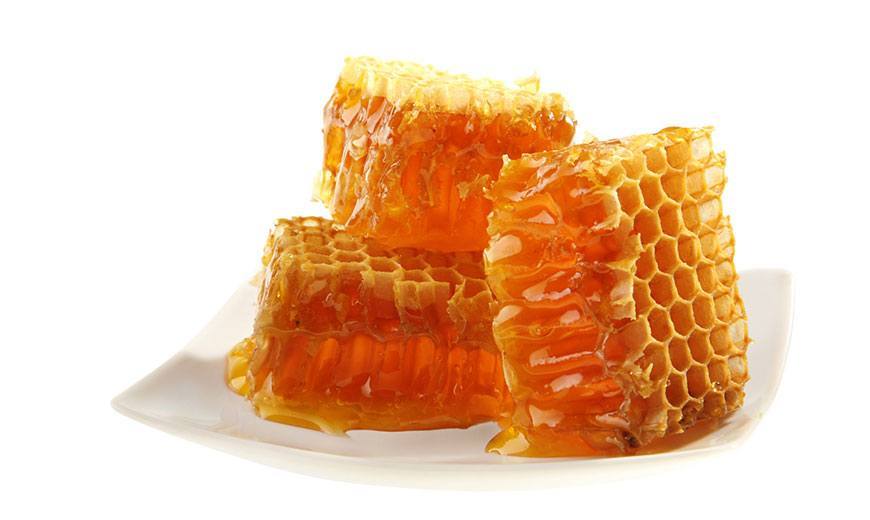Research on the influence of beeswax in cosmetics on our skin's immune system
Raw beeswax (Cera flava)
Beeswax has a long tradition as an ingredient in creams and ointments, and has been used by humans for health care since the Neolithic period.[1]
In ancient Egypt
beeswax was used for medicinal purposes. In many recipes, it was the main ingredient of creams and ointments for the treatment of wounds, burns, and pain.[2] [3]
In traditional Indian medicine.
beeswax is used for abrasions and burns[4] and has also been effective for cracked heels.[5]
Physicians in ancient Rome
used ointments made of olive oil , beeswax and rose water to treat burns, wounds, cuts, bruises and fractures [6].
Beeswax makes the balm supple and increases adhesion to the skin protects the skin from moisture loss and external influences such as cold or sun. It is breathable and does not clog pores. In skin care, beeswax has antibacterial[7] and anti-inflammatory effects.[8] It has fat-like properties without being greasy and is readily absorbed. The contained vitamin A supports the skin in the formation of new cells and delays collagen degradation and thus the aging of the skin[9]. Beeswax has a strong synergistic effect, absorbs the active ingredients of the other ingredients and slowly and continuously releases them to the skin, increasing the effect.
[1] Bernardini, F., Tuniz, C., Coppa, A., Mancini, L., Dreossi, D., Eichert, D., ... & Hua, Q. (2012). Beeswax as dental filling on a Neolithic human tooth. Plos one, 7(9), e44904.
[PLOS ONE]
[2] “Papyrus Ebers”
[medizinische-papyri]
[3] Fratini, F., Cilia, G., Turchi, B., & Felicioli, A. (2016). Beeswax: A minireview of its antimicrobial activity and its application in medicine. Asian Pacific Journal of Tropical Medicine, 9(9), 839-843.
[Science Direct]
[4] Datta, H. S., Mitra, S. K., & Patwardhan, B. (2011). Wound healing activity of topical application forms based on ayurveda. Evidence-Based Complementary and Alternative Medicine, 2011.
[Science Direct]
[5] Sarojini B. A comparative clinical study on Shala Niryasa and Madhuchishtha in the management of Padadari. Int Ayurvedic Med J 2013;1:1-7
[IAMJ]
[6] R. Chauvin Traite' de biologie de l'abeille Masson et Cie, Paris (1968)
[books.google]
[7] Weston, R. J. (2000). The contribution of catalase and other natural products to the antibacterial activity of honey: a review. Food chemistry, 71(2), 235-239.
[Science Direct]

 Deutsch
Deutsch 